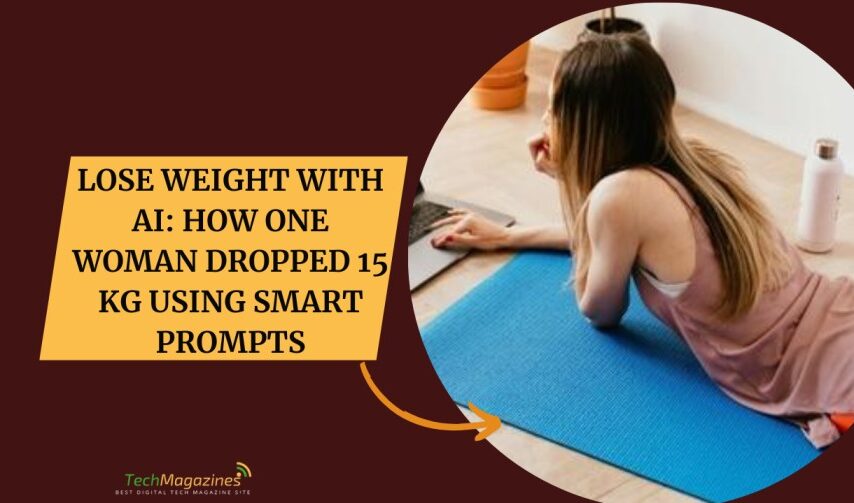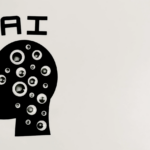The internet hums with talk of ChatGPT’s Studio Ghibli-style images. Others use AI tools to do the same. But AI is not just for pictures. It can help you lose weight too. Instagram user Diamond Okoh-Chukwuma did just that. She dropped nearly 34 pounds—15 kilos. AI showed her the way.
AI-Powered Weight Loss
On March 13, Okoh posted a video. The title read, “I lost 34 pounds (15 kg) using AI…went from almost 220 lbs (100 kg) to 183 lbs (83 kg) by using these copilot prompts.” She said she used Microsoft’s AI assistant, Copilot, to make a plan. It helped her lose weight. She shared the prompts that guided her.
Here they are:
Prompt 1
The Instagram user typed into Copilot: “Hi, I am (insert age), I weigh (insert weight ), I have a ( insert exercise lifestyle ranging from sedentary to very active), I am a ( insert gender) and I am (insert height). Calculate my TDEE.” For those who don’t know, TDEE means total daily energy expenditure.
She shared, “To lose weight without starving myself or being miserable, I first needed to know my TDEE, which stands for total daily energy expenditure. So, I used this AI prompt in Copilot to get it. At the time, my TDEE was around 2k (I am 6ft tall).”
Prompt 2
Okoh asked a simple question: “Using my TDEE, how many calories do I need to take in each day to stay in a calorie deficit without starving myself.” She found the answer. Eat less, but not too little. A deficit of 200 to 500 calories. That was enough.
Prompt 3
Okoh wrote, “Based on what I just shared with you, how many grams of protein do I need to eat daily to build muscle as I am starting my weight loss journey and need to lose fat while gaining muscle.” She wanted to get stronger, not just smaller. She didn’t want loose skin. She needed muscle. Protein was the answer. It helped burn fat without losing strength. That prompt told her how many grams she needed.
Prompt 4
Okoh had one last question for Copilot. “How much water I should be drinking because I wanted to stay full through the day.” Water and protein help keep hunger down. They cut sugar and carb cravings. That mattered for weight loss. The answer was clear—2 to 3 liters a day. About five bottles. Simple.
Okoh shared some things to remember for weight loss:
Eat in a deficit, but not too much. Cut 200 to 500 calories, not starve on 1,000 a day.
Get enough protein. Drink enough water. Stay full.
Walk. Thirty minutes in the morning, thirty at night. A good way to start.
Sleep. Rest. Less stress means less belly fat.
Conclusion
It has come to the point that even slimming has been made hi-tech. While others apply it in emails and art, Diamond Okoh-Chukwuma applied it for weight loss. No trainers. No fad diets. Just the right questions. AI gave her answers. Simple and clear. So before you turn to ChatGPT to write a break-up text or another meme about cats, use it for something else. Take it to your waistline and apply it. It can also assist you in avoiding that second dessert. That seems useful.
FAQs
Q1: Is using AI for weight loss actually effective?
Yes, as seen from the Diamond Okoh-Chukwuma’s transformation of losing 15kg, AI can work wonders not because it contains some sort of fat melting software but because of the professional advice it offers. It will not take it personally if you disregard its suggestions regarding the pizza at 3 a.m., but the outcomes are self-explanatory. AI can be seen as your non-interference nutritionist who is available at your service all the time and without any fees.
Q2: What’s TDEE and why is it so important for weight loss?
TDEE is the amount of calories you need to sustain your existence as a breathing, moving, and sometimes, running for the bus human. It is important because it is almost impossible to attempt to lose weight without understanding your TDEE as it is to attempt to save money without understanding your income. It is possible to succeed by cutting all the way (starvation strategy), but one is likely to be unhappy and gain it back. AI can accurately determine this number, thus eliminating the possibility of making a mere assumption when trying to lose weight.
Q3: Can AI really help me avoid loose skin during weight loss?
Although AI cannot work wonders (or perform a plastic surgery), the protein recommendations in prompt #3 are quite relevant. Muscle mass and strength gained through proper protein diet and weight training helps to keep the skin taut and there is something to push the skin outward as you reduce the fat. It depends on factors such as age, genetics, and the rate of weight loss, but AI has a higher chance of success than an unknown blogger’s tips.
Q4: Is walking really enough exercise to lose weight?
The article recommends 30 minutes of walking twice a day, and yes, it is possible that this is enough for many. It is the exercise equivalent of the Toyota Corolla, not fancy but dependable. In addition to the caloric deficit and protein intake that AI suggested, walking ensures that the approach to weight loss is sustainable. You will not become an Olympic athlete, but you also will not be that person who bought an expensive rowing machine and now it is used only for hanging clothes. It is true that sometimes the best solutions are the most obvious ones.








